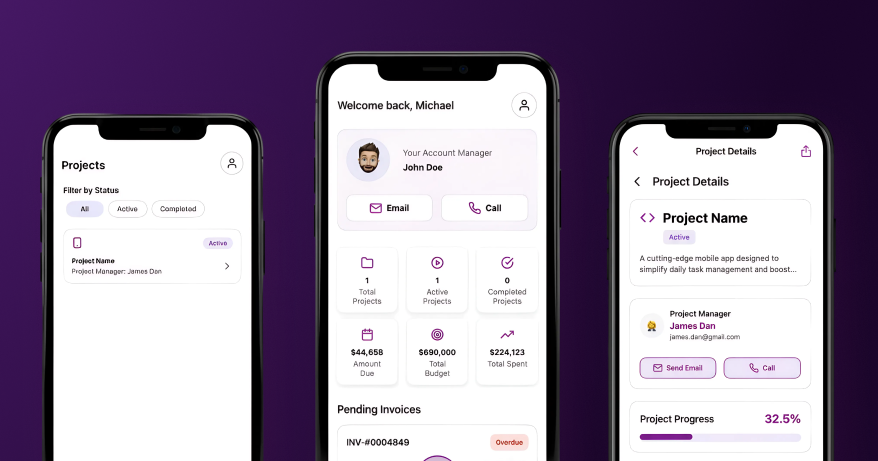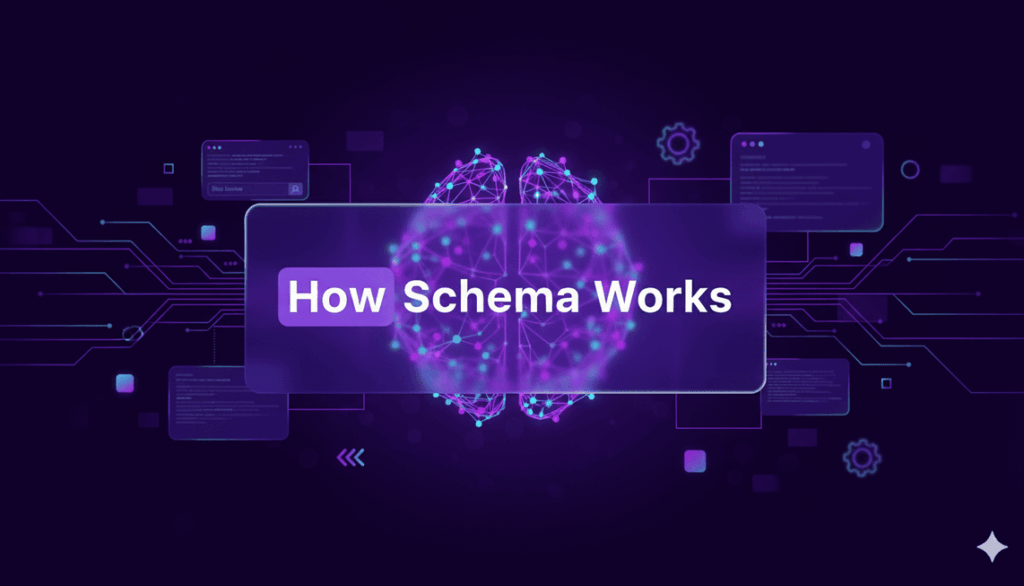Transforming Engagement in 2025
In 2025, customer experience isn’t just a competitive advantage—it’s the main battleground for winning and retaining customers. As products and services become increasingly similar, businesses are setting themselves apart through personalized, intuitive, and efficient customer interactions. At the center of this transformation is artificial intelligence (AI), now a cornerstone of customer engagement.
AI has evolved from experimental use cases to practical, business-critical solutions that enhance how companies connect with their customers. From predictive analytics to conversational AI, these tools help brands anticipate needs, personalize communication, and deliver value across every touchpoint. Businesses that embrace these capabilities can expect increased revenue growth, improved customer retention, and greater market share. The question is no longer if businesses should use AI for customer experience, but how they can implement it strategically to drive measurable outcomes.
The Rise of AI in Customer Experience
Modern customer experience is no longer company-centric. It has shifted to a personalized, dynamic, and predictive model powered by data and AI. Businesses are leveraging AI not only to understand customer behavior but to predict what their customers will need next, creating tailored experiences that resonate.
Key AI Technologies Shaping Customer Experience
One of the most transformative technologies is conversational AI. Today’s chatbots go far beyond basic scripted responses. They utilize natural language understanding (NLU) to interpret intent and natural language generation (NLG) to respond in more human-like ways. With contextual awareness built in, they can manage complex inquiries and escalate smoothly to human agents when necessary. Many of these AI agents are now capable of resolving full end-to-end tasks such as product returns, order modifications, or answering detailed product queries.
AI-driven personalization engines have also reached new heights. Rather than relying on demographic segmentation alone, these systems draw insights from behavioral data, preferences, and contextual signals to create one-to-one personalization. Predictive analytics enables next-best-action recommendations that feel intuitive and relevant. The best systems achieve this while maintaining transparency, giving customers control over how their data is used.
Predictive analytics itself plays a central role across the journey. By analyzing behavior patterns, purchase history, and even external signals, AI models can forecast a range of critical metrics—from purchase intent and churn risk to lifetime value. This enables proactive strategies that address needs before the customer voices them, like recommending relevant content or offering retention incentives at the right time.
Voice and multimodal interfaces continue to evolve, offering customers more intuitive ways to interact with brands. These interfaces combine speech with visuals and even gestures, creating accessible and versatile experiences. Whether it’s hands-free operation while driving or visual interaction in noisy settings, these tools adapt to the user’s environment.
Computer vision has brought another layer to the experience. In retail, it supports visual product search and AR-based try-ons. In service environments, it enables remote assistance where support agents can see what the customer sees, offering real-time guidance. With privacy safeguards, facial recognition can even tailor in-store greetings and detect emotions during service interactions.
Embedding AI Throughout the Customer Journey
AI’s effectiveness increases when integrated across the entire customer journey. During the awareness and acquisition phases, AI helps refine outreach efforts:
- Models identify lookalike audiences.
- Intent detection highlights high-potential leads.
- Messaging adapts based on audience response patterns.
When customers are in the consideration stage, they’re evaluating their options. AI supports this phase with:
- Personalized product recommendations.
- Interactive decision-making tools.
- Real-time behavioral and contextual analysis.
At the purchase stage, AI optimizes everything from pricing to checkout:
- Dynamic pricing based on perceived value.
- Intelligent abandoned cart recovery.
- Streamlined, personalized checkout experiences.
Service and support experiences have arguably benefited most from AI. Chatbots provide 24/7 availability and now resolve 60 to 80 percent of common issues without human involvement. When needed, AI assists human agents with real-time suggestions, context, and next-best actions. Intelligent routing ensures inquiries go to the most qualified resource, factoring in issue type, customer value, and agent skill set.
In loyalty and retention efforts, AI allows for deeply personalized strategies. Predictive churn models identify when a customer might leave and why, offering specific retention tactics based on their history. Rather than blanket rewards, loyalty programs are now tailored to what motivates each individual:
- Exclusive content
- Personalized discounts
- Experiential benefits
Powering AI with Data
All of this depends on robust data infrastructure. Customer data platforms (CDPs) have become foundational, consolidating data from every channel to build a comprehensive and real-time profile of each user. Unlike older systems that focused on transactions alone, modern CDPs incorporate browsing behavior, app activity, customer support history, and even offline interactions.
With the decline of third-party cookies, first-party data has taken center stage. Companies are getting smarter about collecting this data through techniques like progressive profiling and interactive experiences that offer value in exchange for insights. Preference centers allow users to state what they want, making personalization more accurate and consent-based.
Privacy remains a top concern. Complying with regulations like GDPR and CCPA is just the baseline. Best-in-class companies go further, adopting privacy-by-design principles. They:
- Provide granular consent management
- Use only necessary data
- Restrict use to authorized purposes
Real-time capabilities are increasingly critical. Whether responding via chatbot, sending personalized alerts, or dynamically updating interfaces, AI relies on up-to-the-moment data. Stream processing systems and edge computing bring this immediacy, enabling fast and contextual responses that align with what the customer is doing right now.
To ensure continual improvement, businesses are integrating feedback loops into their AI systems:
- Direct feedback through surveys and reviews
- Behavioral insights from engagement data
- Ongoing testing via A/B and multivariate experiments
Measuring AI Success in Customer Experience
To maintain organizational support and justify investment, it’s essential to track results.
Customer satisfaction metrics like CSAT, NPS, and CES are now enhanced with AI:
- Sentiment analysis reveals emotion and tone
- Predictive modeling flags potential dissatisfaction
- Real-time alerts enable quick responses
AI also boosts engagement and conversion rates:
- Journey mapping tracks user flow
- Attribution models show which touchpoints drive value
- Incrementality testing isolates AI’s impact
Support cost reduction is one of AI’s clearest ROI drivers:
- Automation reduces agent workload
- Agent assist speeds up complex issue resolution
- First-contact resolution rates improve
Customer lifetime value (CLTV) increases as a result of better engagement. AI-driven personalization, timely service, and relevant loyalty incentives contribute to:
- Higher retention rates
- More frequent purchases
- Increased average order value
Competitive advantage is harder to quantify but no less important. Signs of strategic impact include:
- Improved market share
- Lower customer acquisition costs
- External recognition (awards, analyst reports)
Overcoming Implementation Challenges
Despite the potential, rolling out AI isn’t always smooth. Legacy system integration is a major hurdle. Many companies rely on fragmented, outdated systems that weren’t built for AI. Solutions include API layers to extract data and middleware to bridge systems. Some take a digital decoupling approach, gradually shifting functionality to modern platforms.
Getting AI and humans to work together seamlessly is another challenge. Poor integration can frustrate employees and customers alike. The key is to use AI for what it does best—handling routine tasks—and leave emotionally complex or high-stakes conversations to human agents. Tools that suggest next steps rather than enforce them empower staff instead of replacing them.
Training and change management are crucial. Employees need to understand how AI works and how to use it effectively. Customers must also be educated—not through jargon, but through clear communication and user-friendly design.
Ethics and transparency are essential. Organizations should adopt AI governance frameworks to prevent unintended consequences. Algorithmic audits help ensure fairness, while transparent disclosures build customer trust. When customers understand how AI helps them, they’re more likely to engage.
Finally, scaling AI from pilot projects to enterprise-wide use takes planning. Many successful companies:
- Establish a center of excellence
- Choose scalable, modular platforms
- Roll out features in phases
Industry-Specific Applications
AI’s impact varies by industry, with tailored applications in each sector:
- Retail: Visual search, AR try-ons, AI shopping assistants, dynamic pricing.
- Finance: Conversational banking, robo-advisors, fraud detection.
- Healthcare: Virtual health assistants, remote monitoring, automated scheduling.
- Travel & Hospitality: Smart planners, virtual concierges, service recovery tools.
- B2B: Sales intelligence, customer health scoring, content personalization.
Looking Ahead: The Future of AI in Customer Experience
Looking past 2025, we see several trends gaining momentum:
- Emotion AI: Deeper sentiment analysis for empathetic engagement.
- Hyper-personalization: Real-time adaptation based on emotional and contextual signals.
- AR/VR: Enhanced shopping and service environments.
- Autonomous agents: End-to-end resolution without human oversight.
- Predictive engagement: Anticipating needs before they’re expressed.
Conclusion
In 2025 and beyond, AI is not just an enhancement but a foundational element of customer experience. When implemented thoughtfully, it drives measurable improvements in revenue, retention, and brand loyalty. Companies that integrate AI across their journey, invest in data and privacy infrastructure, and empower both staff and customers will be positioned to lead in the age of experience-driven growth.
Transform Your Customer Experience with AI
At 247Labs, we specialize in developing AI-powered solutions that elevate your customer experience strategy. Whether you’re just starting or looking to enhance existing systems, we offer comprehensive support—from journey mapping to full implementation and training.
We’re also releasing our exclusive AI Implementation Guide—a must-have resource packed with actionable insights, frameworks, and best practices for modern enterprises. Be among the first to access it by joining the waitlist here: https://www.247labscanada.com/ai-guide-waitlist
Contact us at www.247labs.com or call 1-877-247-7421 to explore how AI can transform your business into a customer experience leader.





